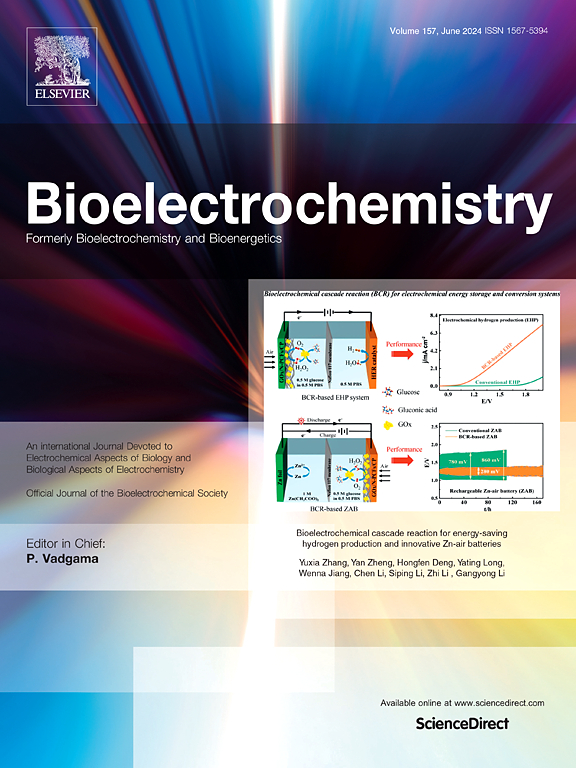压力引起的皮质醇反应可预测对疼痛的移情作用急性应激期间脑岛和感觉运动皮层之间基于任务的连接的作用
IF 3.6
2区 医学
Q1 NEUROSCIENCES
引用次数: 0
摘要
对疼痛的同情是亲社会行为的一个关键驱动因素,并受到急性社会心理压力的影响。然而,基于任务的大脑连通性在急性应激中的作用却一直被忽视。因此,我们旨在探索皮质醇对急性应激反应的程度与对疼痛的移情之间的关系,以及其中涉及的神经连接机制。在这项研究中,80 名健康参与者(37 名女性和 43 名男性)接受了急性社会心理应激范式(ScanSTRESS)的训练,并进行了功能磁共振成像扫描。采集唾液样本以测量皮质醇应激反应的程度。随后,参与者参加了疼痛视频任务,以评估他们对疼痛的移情能力。有六名参与者因身体不适或在任务相关的 fMRI 扫描过程中头部过度移动而被排除在外。因此,33 名女性和 41 名男性被纳入数据分析。我们发现,对疼痛的移情与皮质醇应激反应的程度呈负相关(r = -0.268,p = 0.018),并且显著性网络和感觉运动网络(包括其子网络和子区域)之间基于任务的连通性与皮质醇应激反应的程度呈负相关,而与对疼痛的移情呈正相关。此外,脑岛和旁中心小叶之间基于任务的连接介导了压力引起的皮质醇反应对疼痛移情的影响(间接效应 = -0.0152,95% CI = [-0.036,-0.001],p = 0.036)。我们的研究表明,移情不仅与压力诱导的糖皮质激素相关,还与压力诱导的基础脑区和高级脑区之间的交流减少有关。本文章由计算机程序翻译,如有差异,请以英文原文为准。
Stress-induced cortisol response predicts empathy for pain: The role of task-based connectivity between the insula and sensorimotor cortex during acute stress
Empathy for pain is a key driver of prosocial behavior and is influenced by acute psychosocial stress. However, the role of task-based brain connectivity during acute stress have been neglected. Hence, we aimed to explore the relationship between the magnitude of cortisol response to acute stress and empathy for pain, as well as the neural connectivity mechanisms involved. In this study, 80 healthy participants (37 women and 43 men) were exposed to the acute psychosocial stress paradigm (ScanSTRESS) and were scanned by functional magnetic resonance imaging. Saliva samples were collected to measure the magnitude of cortisol stress response. Subsequently, the participants took part in a pain-video task to assess their empathy for pain. Six participants were excluded because of physical discomfort or excessive head movement in all runs during the task-dependent fMRI scan. Therefore, 33 women and 41 men were included in data analysis. We found that empathy for pain was negatively correlated with the magnitude of cortisol stress response (r = -0.268, p = 0.018) and that the task-based connectivity between the salience network and sensorimotor network, including its sub-network and sub-region, was negatively correlated with the magnitude of cortisol stress response, and positively correlated with empathy for pain. Furthermore, task-based connectivity between the insula and the paracentral lobule mediates the effect of the stress-induced cortisol response on empathy for pain (indirect effect = -0.0152, 95% CI = [-0.036, -0.001], p = 0.036). Our research suggests that empathy is not only correlated with stress-induced glucocorticoids but also tied to the stress-induced reduced communication between basic and higher brain regions.
求助全文
通过发布文献求助,成功后即可免费获取论文全文。
去求助
来源期刊

Neurobiology of Stress
Biochemistry, Genetics and Molecular Biology-Biochemistry
CiteScore
9.40
自引率
4.00%
发文量
74
审稿时长
48 days
期刊介绍:
Neurobiology of Stress is a multidisciplinary journal for the publication of original research and review articles on basic, translational and clinical research into stress and related disorders. It will focus on the impact of stress on the brain from cellular to behavioral functions and stress-related neuropsychiatric disorders (such as depression, trauma and anxiety). The translation of basic research findings into real-world applications will be a key aim of the journal.
Basic, translational and clinical research on the following topics as they relate to stress will be covered:
Molecular substrates and cell signaling,
Genetics and epigenetics,
Stress circuitry,
Structural and physiological plasticity,
Developmental Aspects,
Laboratory models of stress,
Neuroinflammation and pathology,
Memory and Cognition,
Motivational Processes,
Fear and Anxiety,
Stress-related neuropsychiatric disorders (including depression, PTSD, substance abuse),
Neuropsychopharmacology.
 求助内容:
求助内容: 应助结果提醒方式:
应助结果提醒方式:


